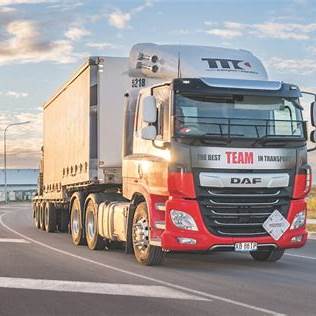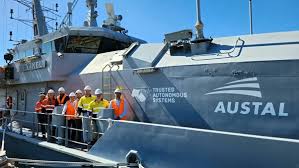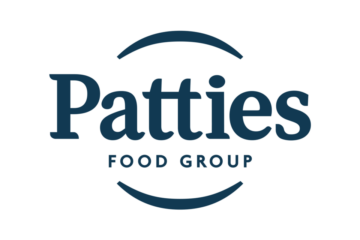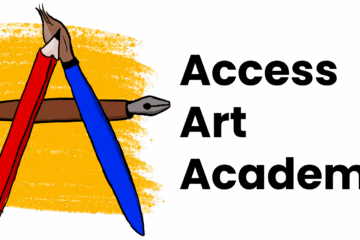DAF Trucks, with its origins in Eindhoven in the Netherlands, represents one of the great Dutch industrial success stories of the 20th century. While widely recognised across Europe for its engineering quality and reliability, DAF has also carved out a firm place in the Australian trucking landscape. Yet the story of how this Dutch brand became a familiar sight on Australian roads remains largely untold — especially in the context of Dutch-Australian history business history.
A Dutch legacy of innovation

On 1 April 1928 Hub van Doorne set up a small construction workshop in Eindhoven, the Netherlands. In 1932, the company, by then run by changed its name to Van Doorne’s Aanhangwagen Fabriek (Van Doorne’s Trailor Factory), abbreviated to DAF. From these very modest beginnings, DAF eventually developed into a leading global truck manufacturer Known for innovations in diesel engines and cab-over-engine design, DAF became a leader in efficient, driver-focused transport solutions across Europe. By the post-war decades, DAF’s reputation was well-established — and ripe for export.
Arrival in Australia

DAF trucks first entered the Australian market in the 1970s. Their appeal lay in European-style comfort, safety, and engineering, offering an alternative to dominant American and Japanese models. In 1998, DAF was acquired by the American company PACCAR — which also owns Australia’s best-known truck brand, Kenworth. Today, PACCAR Australia, headquartered in Bayswater, Victoria, distributes DAF trucks through a national dealer network.
In recent years, DAF has grown its market share in medium- and heavy-duty truck segments, especially in applications such as regional freight, logistics, and construction. Its trucks are valued for fuel economy and comfort on long Australian hauls.
A Dutch-Australian connection?
Given the strong Dutch migrant presence in post-war Australia, and the prominent role many Dutch Australians played in agriculture, transport, and mechanics, it is tempting to ask: did Dutch emigrants play a role in DAF’s early adoption in Australia?
While no direct evidence has been uncovered so far of Dutch-owned transport firms specifically importing or favouring DAF trucks, the cultural and technical affinity is plausible. Dutch migrants, often skilled in engineering or small business, were active in building logistics and transport companies, particularly in rural Australia. If you or someone you know has a personal or family story linking DAF trucks and Dutch-Australian enterprise, we would love to hear from you.
Please contact the Dutch Australian Cultural Centre to share any DAF-related material — photos, anecdotes, or business histories — that could enrich this story.
DAF trucks in museums?
DAF’s historical models — including its earlier cab-overs and even the short-lived passenger vehicles — are of interest to collectors and museums. However, we have not yet found a DAF model featured in a major Australian transport museum. This raises another question for our readers and supporters:
Do you know of a DAF truck in an Australian museum or private collection? If so, please get in touch — such finds help preserve the visual and mechanical heritage of Dutch-Australian links in transport.
A story still on the road
Today, DAF continues to be a part of Australia’s modern transport fleet. Its models, like the CF and XF series, are a common sight on highways and regional routes, quietly contributing to Australia’s freight economy.


As we continue documenting the many dimensions of Dutch-Australian heritage — from art and culture to commerce and mobility — DAF Trucks offers a compelling example of Dutch technology finding a home in Australia. Whether or not this link was fostered directly by post-war migration remains to be seen. But with your help, we may yet uncover a rich, human dimension behind the badge on the bonnet.
Paul Budde


